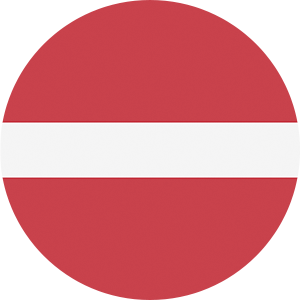District heating could be an efficient and sustainable way of keeping Latvians warm. Unfortunately, it has been left out of Latvia’s draft recovery plan.
In a nutshell
- Renewable-based district heating is great for Latvia’s long winters
- Solar-powered heating systems are fast to build and super-efficient
- No Recovery money going to district heating
Details
Latvia needs to keep warm during its cold and long winters. For that reason, more than half (58%) of energy consumed in Latvia is used for heating – for homes, hospitals, schools and offices.
Renewables-based district heating can be an efficient, cost-effective and sustainable way to do that. In the last 20 years, with the support of EU funds, Latvia has already expanded and renewed its district heating networks, switching across most of the system from gas to biomass. However, there is still a long way to go for Latvia as the country needs to consider other innovations that will keep district heating using renewable sources, while also moving it away from reliance on unsustainable biomass.
Fresh cash coming from the Recovery plan could have been a great opportunity for Latvia to further improve its district heating networks, including by powering them with non-emission technologies, for instance solar energy. Latvia already has a good example of a modern and super-efficient solar district heating plant, built in less than six months: Salaspils Siltums, which provides 85% of the district heating to a town of about 18’000 people.
Such investments not only make district heating more efficient and less polluting; they also make it more attractive financially. As a result of these upgrades, district heating can be the most affordable form of heating and provide full service for Latvians with stability, safety and comfort at the best value for money.
Unfortunately, not a cent out of the €1.9 billion coming from the Recovery and Resilience Facility is expected to be dedicated to district heating and cooling. But how can the Latvian government think that the lack of district heating and cooling will go unnoticed, the sector with the highest impact on energy consumption?
In a recent letter to the European Commission, twenty environmental groups expressed their concern over the current Latvian recovery plan. If they are not addressed in time, Latvias’ recovery might easily turn into a massive missed opportunity to keep its citizens safe and warm.
Sources
Bankwatch, Green Liberty (2021). District heating – the role of EU investments.
Selina Vancane, Energy Post (2021). EU Recovery funds: where is the support for District Heating?
Bankwatch (2019). First large-scale solar district heating plant in the Baltics opens in Latvia
Environmental Advisory Council (2021). Letter on the Recovery and Resilience draft plan for Latvia







